Withania somnifera DUNAL. |
| |
|
|
Botanical Name |
: |
Withania somnifera DUNAL. |
English
Name |
: |
Winter Cherry and Indian Ginseng |
Synonym(s) |
: |
Physalis flexuosa L., Physalis somnifera L. |
Family |
: |
Solanaceae |
| |
General Info
| Description |
 |
|
It is an erect, evergreen, tomentose shrub. The roots are stout, fleshy and whitish brown; the leaves are simple ovate, glabrous; the flowers are inconspicuous, greenish or lurid-yellow, in axillary, umbellate cymes; the berries are globose, orange-red when mature, enclosed in the persistent calyx and have yellow, reniform seeds. |
| Herb Effects |
 |
|
Abortifacient, adaptogen, antibiotic, astringent, deobstruent, narcotic, sedative, tonic, antitumor, stimulates the central nervous system, antihepatotoxic, antiinflammatory and antimicrobial (leaf); stimulates the secretion and/or flow of milk (plant); hypnotic (sedative), aphrodisiac, diuretic, antispasmodic, stimulates the immune system. |
| Links |
 |
|
General Nutrition (www.general-nutrition.com).
Healthness (www.healthness.com).
KavaKure (www.kavakure.com).
Mother Natures's (www.mothernature.com).
Nature's Spirit Herbs of Sedona (www.nsherbs-sedona.com).
Vitamins Network (www.vitamins.net).
Withania somnifera
Herbal Monograph
Herb Information
|
Chemistry
| Active Ingredients |
 |
|
Chlorogenic acid, withaferin A, withanolide D (leaf); anaferine, beta-sitosterol, choline, nicotine, withananine, withanine, somniferine, tropine, somnine, pseudotropine (root); scopoletin (plant); cysteine (fruit). |
| Chemistry
of Active Ingredients |
 |
|
|
 |
Name |
CAS# |
IUPAC Name |
Formula |
Structure |
 |
|
| Withaferin A |
5119-48-2 |
Not Available |
C28H38O6 |
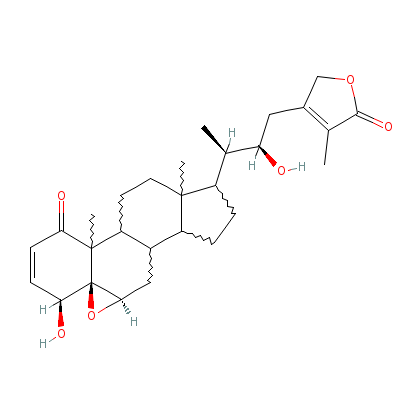
|
| Withanolide D |
30655-48-2 |
Not Available |
C28H38O6 |
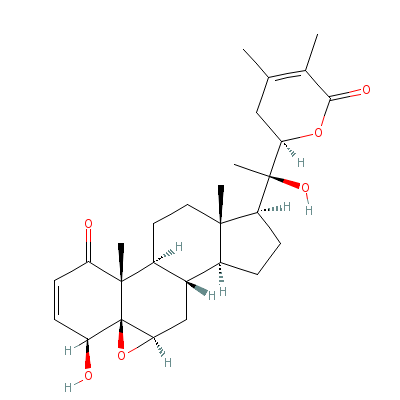
|
| Chlorogenic acid |
327-97-9 |
3-[3-(3,4-dihydroxyp
henyl)prop-2-enoylox
y]-1,4,5-trihydroxy-
cyclohexan
e-1-carb
oxylic acid |
C16H18O9 |
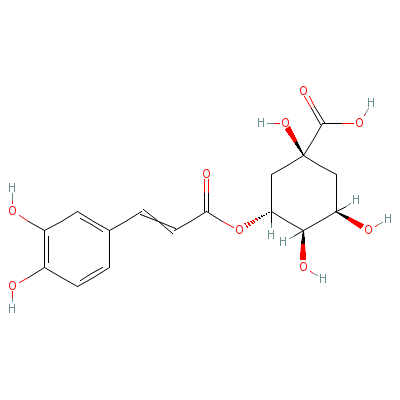
|
| Tropine |
28390-68-3 |
8-methyl-8-azabicycl
o[3.2.1]octan-3-ol |
C8H15NO |
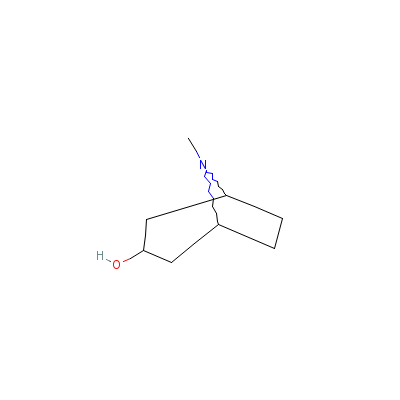
|
| Pseudotropine |
135-97-7 |
8-methyl-8-azabicycl
o[3.2.1]octan-3-ol |
C8H15NO |
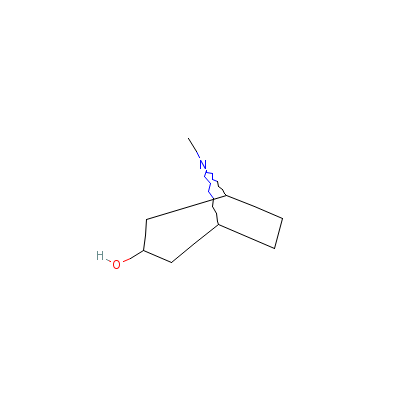
|
| Scopoletin |
92-61-5 |
2-hydroxy-6-methoxy-
chromen-7-one |
C10H8O4 |
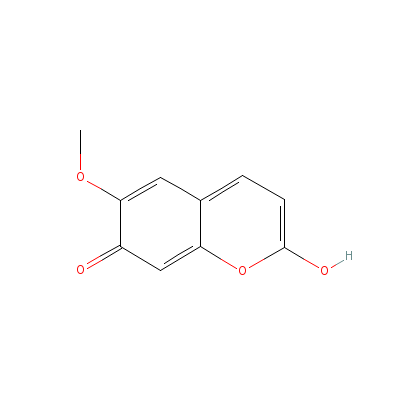
|
| Beta-sitosterol |
5779-62-4 |
17-(5-ethyl-6-methyl
-heptan-2-yl)-10,13-
dimethyl-2,3,4,7,8,9
,11,12,14, |
C29H50O |
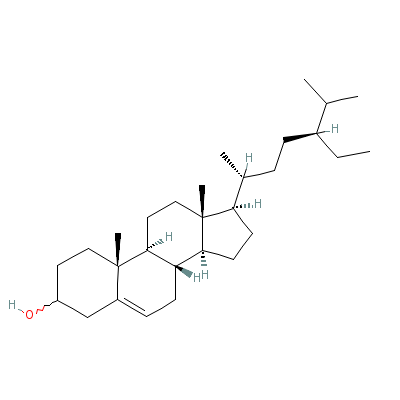
|
| Choline |
67-48-1 |
2-hydroxyethyl-trime
thyl-ammonium |
C5H14NO+ |
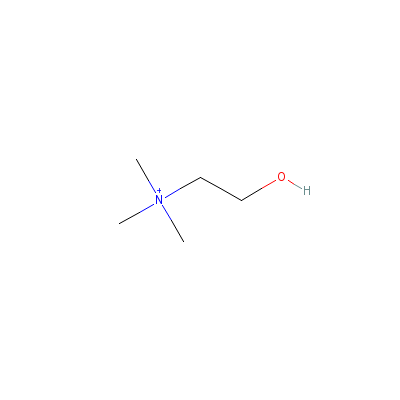
|
| Nicotine |
65-31-6 |
3-(1-methylpyrrolidi
n-2-yl)pyridine |
C10H14N2 |

|
| Cysteine |
4371-52-2 |
2-amino-3-sulfanyl-p
ropanoic acid |
C3H7NO2S |
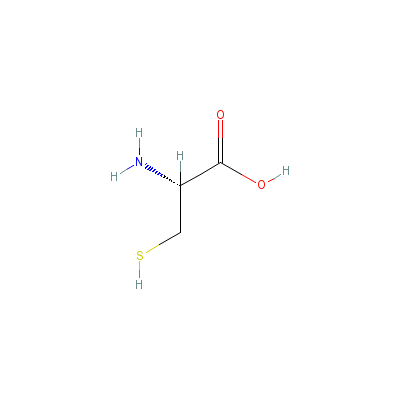
|
|
Pharmacology
| Medicinal Use |
 |
|
Rheumatism (root and plant); to coagulate milk (seed); as a uterine sedative, in dropsy, ulcers, scabies, asthma, cough and as a tonic (root); cancer and AIDS; “rasayana agent” in “Ayurveda” medicine (enhances sexual performance),to treat nervous exhaustion, debility, insomnia, wasting diseases, failure to thrive in children, impotence, infertility, multiple sclerosis, applied as a poultice to boils, swellings and other painful parts. |
| Contraindication |
 |
|
Pregnant women should avoid using this herb. since it may induce an abortion; also. avoid using the herb if congested. |
| Reference |
 |
|
 Chandel et al., Biodiversity in Medicinal and Aromatic Plants in India. Chandel et al., Biodiversity in Medicinal and Aromatic Plants in India.
Uniyal et al., Medicinal Flora of Garhwal Himalayas.
|
Dealers
Products
|
|